Coarctation of the Aorta
» Click here to take an animated tour of the normal heart
In this condition, the aorta (the main artery that carries blood from the heart to the body) is pinched or narrowed. The left pumping chamber (ventricle) has to work harder to pump blood to the body.
Is this common?
Coarctation of the aorta is common and we see lots of people with this condition. It is more common in people with some genetic conditions (like Turner Syndrome).
If I was born with coarctation of the aorta, what do I need to know?
Many of you would have had your coarctation of the aorta treated when you were young. If it wasn’t treated, or if the narrowing returns, this can cause new symptoms. You should tell your doctor about the following:
- Leg cramps with exercise
- Chest pain (this can be dangerous so let your doctor know)
- Feeling out of breath during exercise
- Frequent headaches
Will I need treatment as I get older?
Major narrowings of the aorta are usually repaired with surgery. The outlook after surgery is good. But follow-up at an adult CHD centre is still needed because the aorta can narrow again. The aorta can also become too large.
Heart ultrasounds (Echos), CTs and MRIs are used to monitor the size and shape of the aorta
Treatments for coarctation of the aorta can include:
- Medications for high blood pressure: High blood pressure is common. If untreated, the risk of stroke and heart attack is increased. A healthy lifestyle will help keep your heart strong.
- Balloon angioplasty: If narrowing returns, patients might have a procedure called balloon angioplasty. This procedure starts with a cardiac catheter study. A very thin tube called a stent can be placed in the aorta to keep the narrowing open. If the aorta gets too big, surgery may be needed.
- Surgery: To repair narrowings or enlargements of the aorta.
People with coarctation of the aorta are also more likely to have other cardiac conditions that require life long follow up at an adult CHD centre. These conditions include a bicuspid aortic valve and a ventricular septal defect.
This program was developed by:



